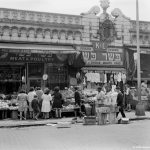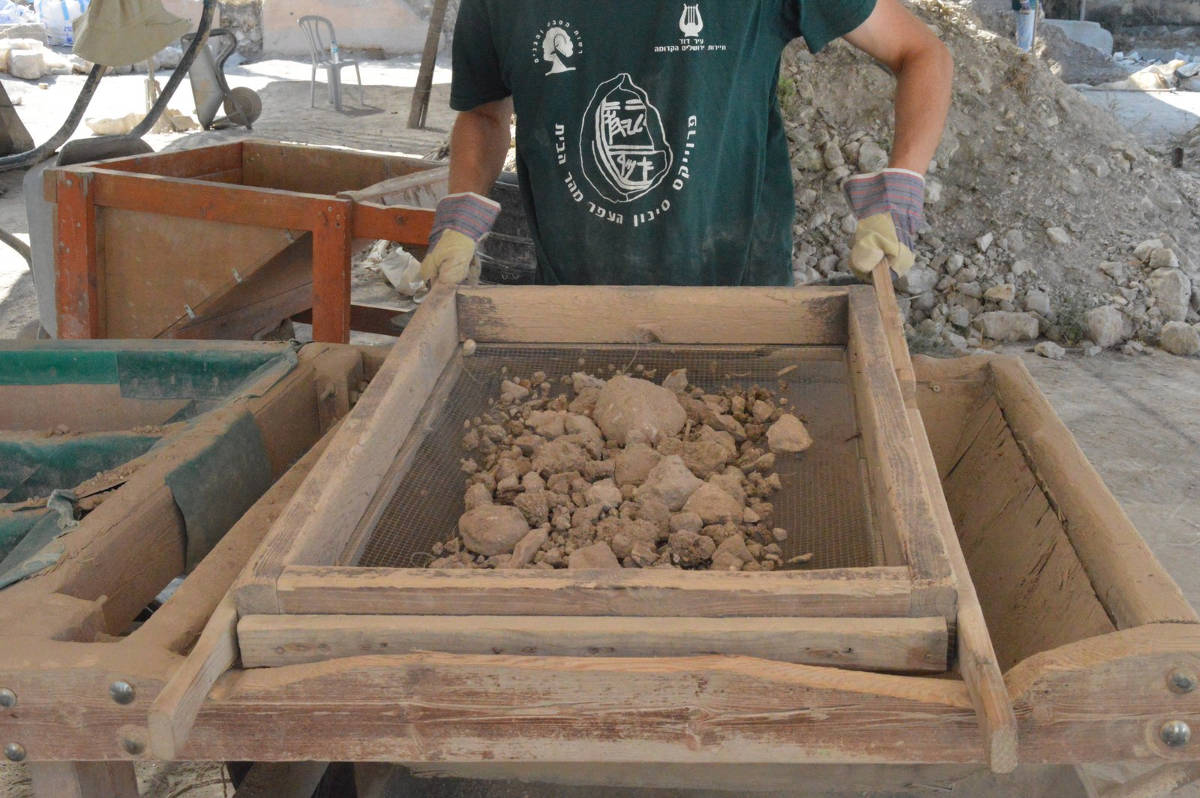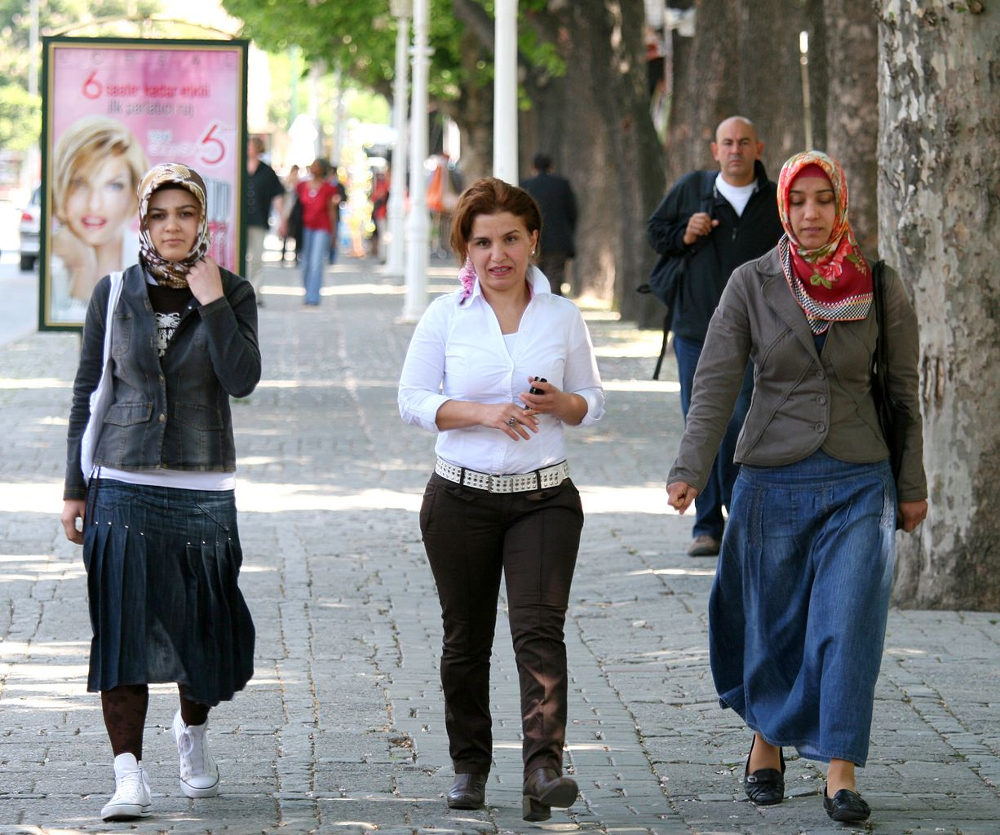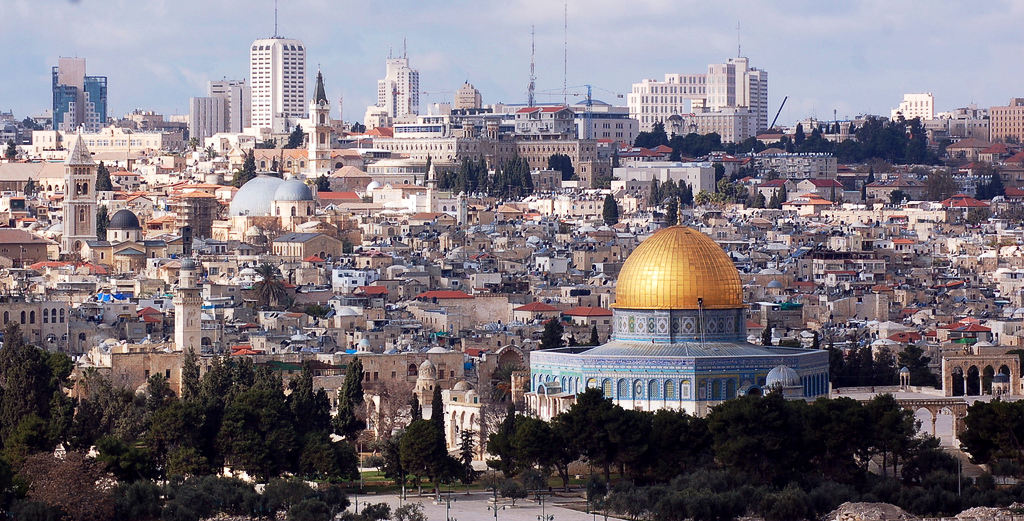According to a Jerusalem Post article, on August 25, by David M. Weinberg, “One of the most important archaeological projects in the Land of Israel of our times—the Temple Mount Sifting Project—has run out of money and been temporarily shut down.”
Given the recent UNESCO decision of disassociating the Temple Mount with Jews and Christians, it is important to know the real facts about the Temple Mount.
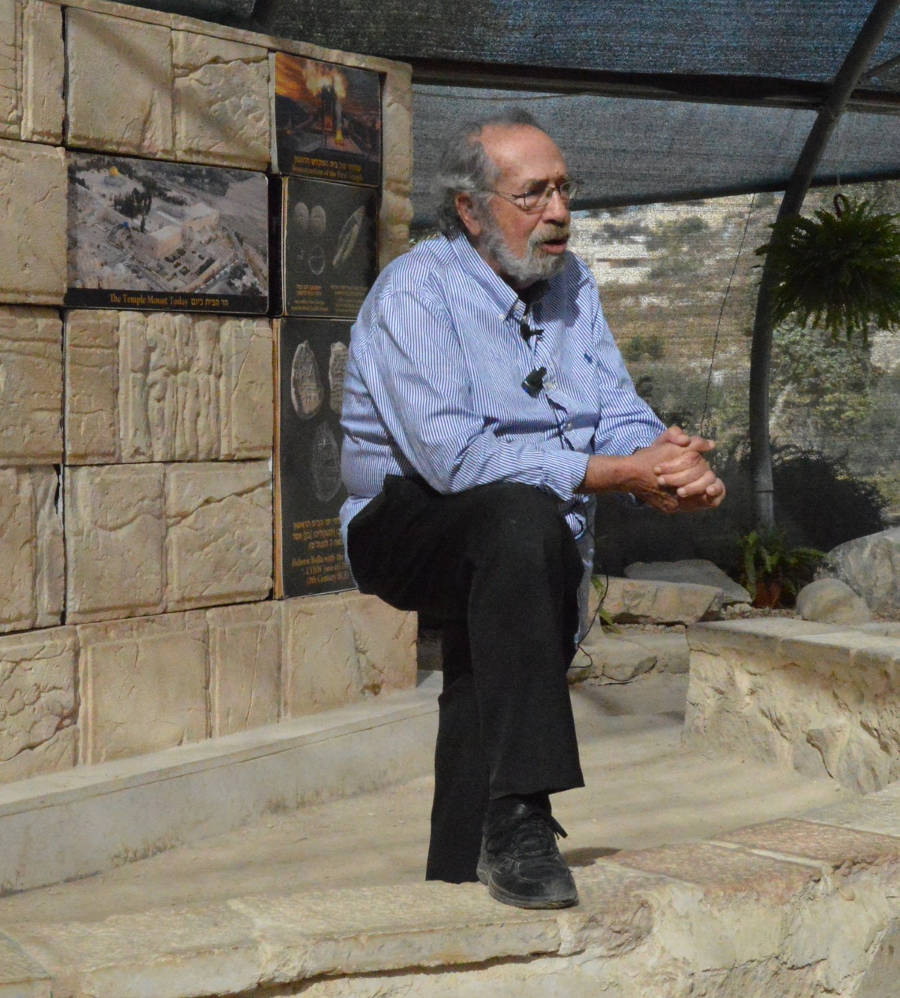
In 2004, Barkay and Zachi Dvira of Bar-Ilan University starting sifting through “9,000 tons of dirt, close to 400 truckloads, which the Northern Branch of the Islamic Movement and the Wakf Islamic trust allegedly had violently, unilaterally and illegally plowed with heavy machinery into the ground below al-Aksa mosque” in order to build an underground mosque and had dumped into the Kidron Valley. Barkay and Dvira offered a “do-it-yourself” archaeological experience, sifting debris from the Temple Mount in which we and 200,000 other volunteers have participated.
Hungarian-born Barkay came to Israel at the age of six. He received his Ph.D. from the Hebrew University; and is a recipient of the Jerusalem Prize for his life’s work as an archaeologist of Jerusalem. Barkay is also a member of the Public Committee Against the Destruction of Antiquities on the Temple Mount.
The initiative of Barkay and Dvira have rescued ancient artifacts from the First and Second Temple periods, late Roman, Byzantine, Crusader and Islamic periods and the Middle Ages.
“The Temple Mount Sifting Project’s finds constitute the first-ever archaeological data originating from below the Temple Mount’s surface,” says Barkay. “The finds are carefully sorted and studied in the project’s archaeological laboratory, and once the processing and analysis are finished, this data will help to provide fresh insights into the archaeological and historical research of the Temple Mount.”
According to the Weinberg article, “to date, about 70% of the debris removed from the Mount has been sifted. The project needs NIS8 million [approximately $2,225,000 million dollars] over the next four years to resume sifting the remaining 30% of the debris and to continue scientific research and publication efforts.”
Background
According to Barkay, the Temple Mount is the “soul and spirit of the Jewish people, first created by the almighty.” Until the Babylonian destruction, it was the most significant site of Jerusalem, the Mount Zion and Mount Moriah of the Jewish Bible and mentioned 20 times in the New Testament.
In 638 CE, it was conquered by the Arabs; in 691 CE a replacement for Solomon’s Temple was built on this site and called Dome of the Rock. Jerusalem is never mentioned in the Koran and the vague reference that Muhammed took a night trip to a far mosque or having gone to heaven on a winged horse from this site has no validation. Nevertheless, it became known to Muslims as the third important site after Mecca and Medina.
Because of the political position, the Temple Mount was never excavated. The outer framework, the retaining walls were built by Herod 2,000 years ago.
When Jerusalem was reunited in 1967, supervision of the Temple Mount was given to the Islamic Wakf who declared it only open to Moslems. In 1996, a Moslem prayer hall was illicitly built under the Temple Mount to hold 10,000 people. In 1998, a subterranean mosque was built as a prayer hall instead of as an emergency exit.
In 1999, bulldozers came in, ostensibly to make an emergency exhibit; instead they dug a pit where 400 truck loads were removed and dumped with garbage in the Kidron Valley. The Knesset signed a petition against this project and the Committee for the Prevention of Antiquities on the Temple Mount was created.
The Finds
“Every bucket of earth that is sifted contains fragments of pottery, glass vessels, metal objects, bones, worked stones and mosaic tesserae stones. These are the most frequent finds from the Temple Mount. The finds are dated mainly to the First Temple Period and onwards (10th century BCE until today). There are some finds from earlier periods, but they are scarce. In addition to these general categories, there are numerous finds of many kinds: fragments of stone vessels, approximately 5,000 ancient coins, various pieces of jewelry, a rich assortment of beads, terracotta figurines, arrowheads and other weaponry, weights, items of clothing, game pieces and dice, bone and shell inlays, furniture decorations, ornaments, bone tools, etc. Also found are fragments of elaborate architectural members from buildings; among them are pillars, architraves, mosaic floors, opus sectile tiles, colored wall plaster (fresco), and glazed wall tiles.”
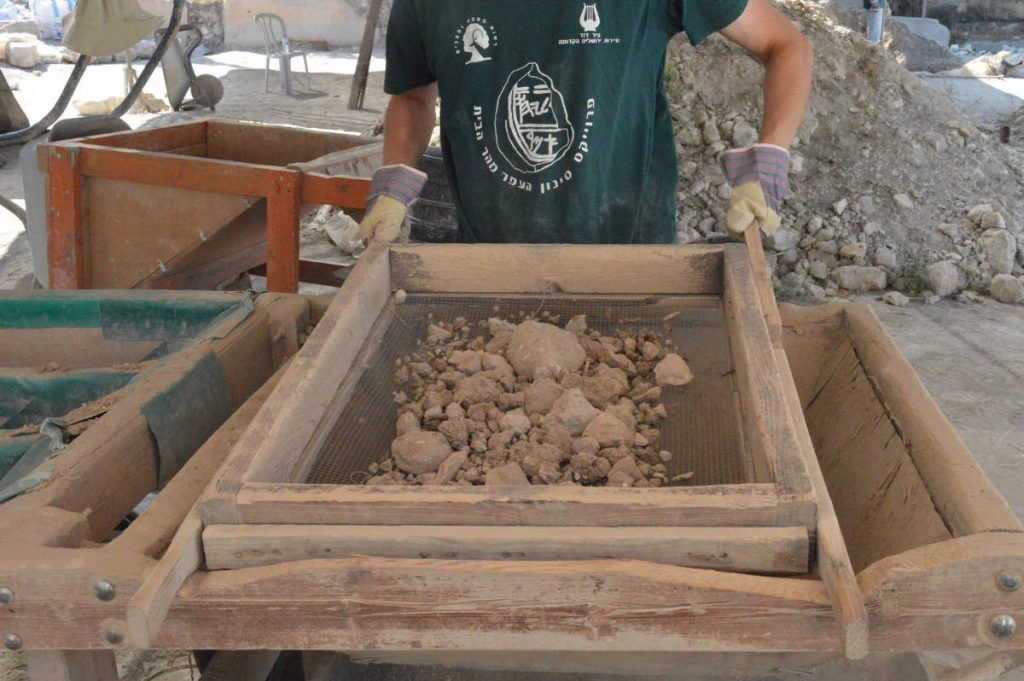
“The many coins that were found in the rubble testify to the rich past of the Temple Mount. The first coin recovered in the sifting work was very exciting due to its symbolic nature. It was minted during the First Revolt against the Romans that preceded the destruction of the Second Temple. It bore the phrase “For the Freedom of Zion” (חרת ציון). The name “Zion” was the name of the Temple Mount in ancient time. The find was particularly meaningful, inasmuch as it was in rubble from the Temple Mount which was one of the focal points of the fighting.”
Gabby Barkay, Israeli archaeologist
On January 1 (2017), Barkay was rebuked by a Muslim Wakf guard and a police officer for referring to Judaism’s holiest site at the Temple Mount. He was guiding an interfaith group of undergraduates from UCLA. The guard got upset and consulted with police officers who told Barkay to cease using the term.
Barkay then said “TM” and dismissed the whole incident as “stupidity.”
Barkay visits the site every six weeks and said he was physically and verbally attacked by Arabs several months ago.
From the Jerusalem Post article of January 4 (2017), “Although Israel technically regained sovereignty over the Temple Mount after reunifying Jerusalem during the Six-Day War, the government’s concession to allow the Jordanian government to oversee the coveted holy site has resulted in what Barkay termed a “catastrophe.”






